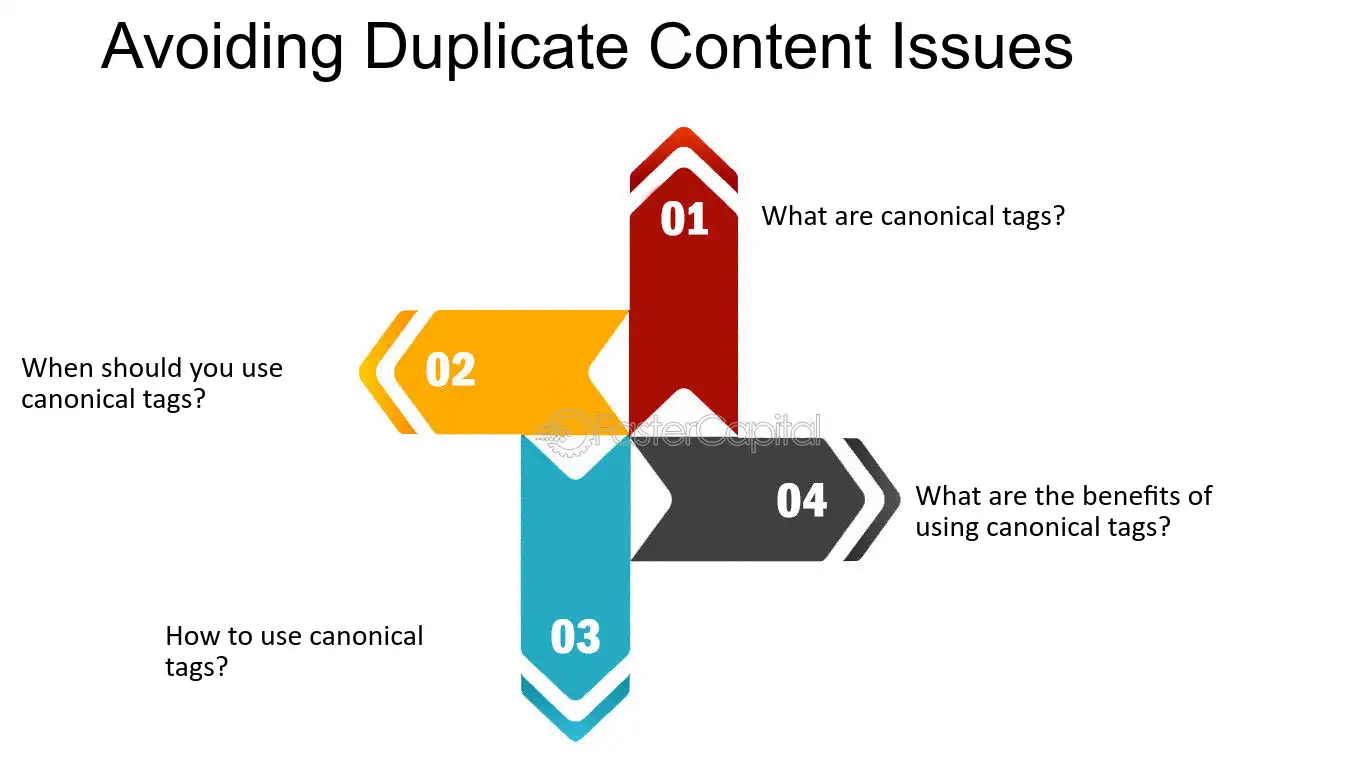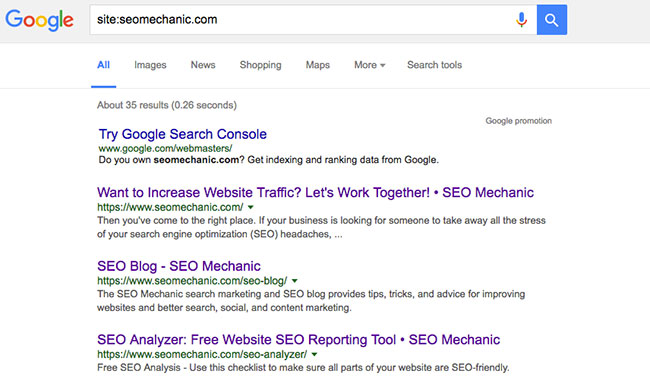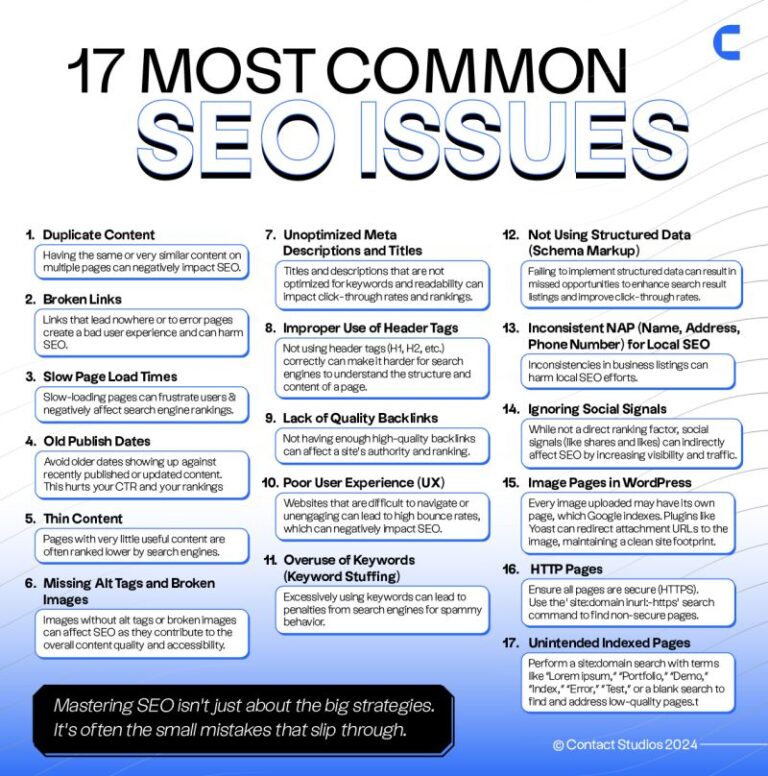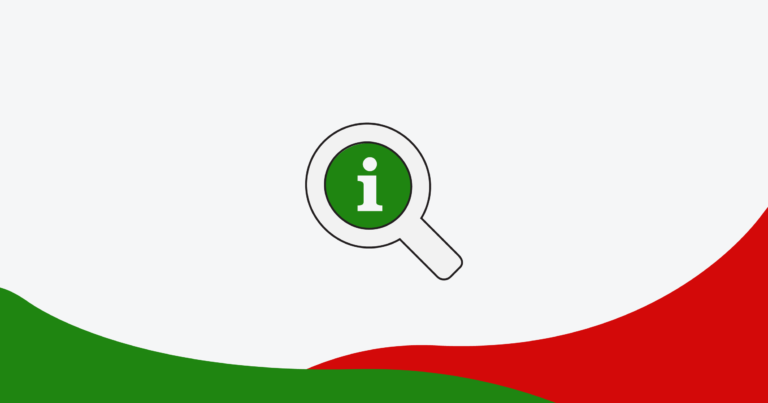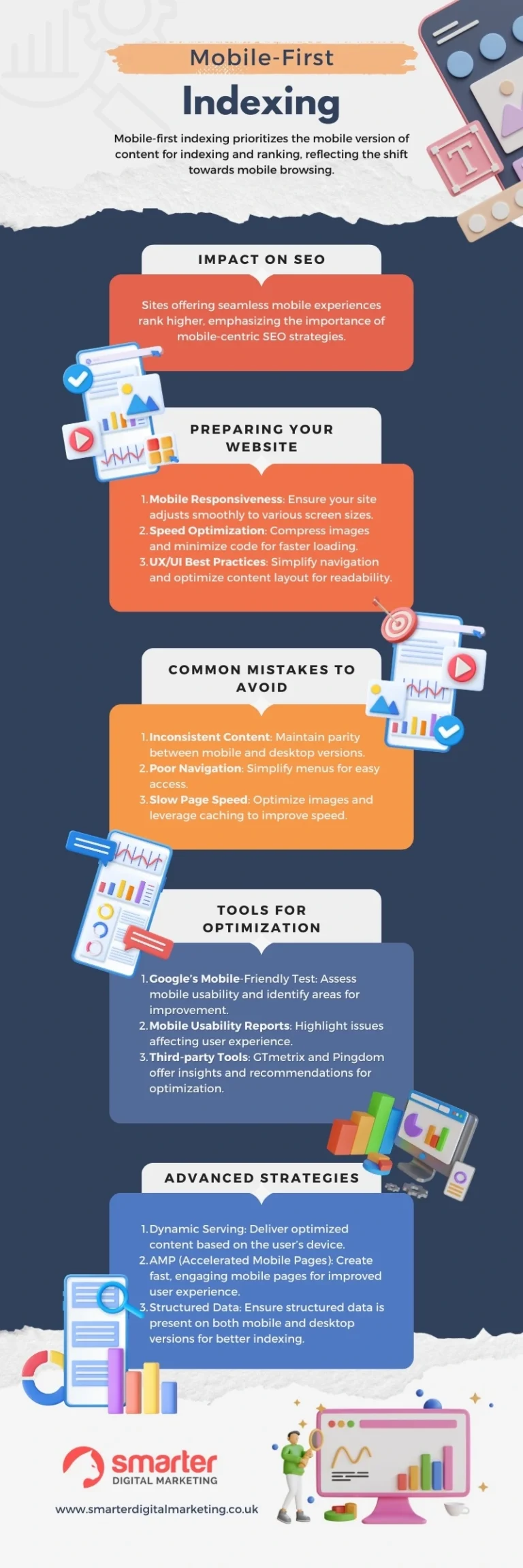Use canonical tags to indicate the preferred version of a webpage. This helps prevent duplicate content issues and improves indexing.
Canonical tags play a crucial role in SEO by guiding search engines to the most authoritative version of a page. Websites often have multiple URLs that lead to the same content, which can confuse search engines and dilute page ranking.
By implementing canonical tags, you signal which URL you want indexed, enhancing your site’s visibility. This simple HTML element reduces redundancy and improves user experience by directing traffic to the correct page. Understanding how to use canonical tags effectively can significantly impact your website’s search engine performance and overall credibility. Proper usage fosters a cleaner and more organized site structure, which search engines favor.
Introduction To Canonical Tags
Canonical tags are crucial for effective SEO. They help search engines understand the primary version of a webpage. This reduces duplicate content issues. Proper use of these tags can improve your website’s indexing.
The Role In Seo
Canonical tags serve several important roles in SEO:
- They indicate the preferred URL for duplicate content.
- They consolidate link equity to the main version of a page.
- They improve the clarity of your website structure.
Using canonical tags correctly helps search engines index pages better. This can lead to higher rankings and more organic traffic.
Common Misconceptions
Many people misunderstand canonical tags. Here are some common myths:
| Myth | Reality |
|---|---|
| Canonical tags replace redirects. | They do not replace redirects but work alongside them. |
| All duplicates need a canonical tag. | Only significant duplicates should have one. |
| Canonical tags guarantee indexing. | They guide search engines but do not guarantee indexing. |
Understanding these misconceptions helps in better implementation. Proper knowledge leads to effective use of canonical tags.
The Importance Of Proper Indexing
Proper indexing is vital for your website’s visibility. It helps search engines find and understand your content. This boosts your chances of ranking higher. Better indexing leads to more traffic and engagement.
Impact On Search Engine Rankings
Search engines use indexing to categorize content. Proper use of canonical tags prevents duplicate content issues. This clarity helps search engines focus on your best pages.
- Higher rankings: Pages indexed correctly rank better.
- Reduced penalties: Avoid penalties for duplicate content.
- Improved crawl efficiency: Search engines spend time on important pages.
By using canonical tags, you tell search engines which page to prioritize. This can greatly enhance your search visibility.
User Experience Considerations
A well-indexed site improves user experience. Visitors find relevant content quickly. This keeps users engaged and reduces bounce rates.
- Clear navigation: Users can easily navigate your site.
- Relevant results: Users see the most relevant pages.
- Trustworthiness: A properly indexed site appears more professional.
Implementing canonical tags can streamline user experience. Fewer duplicates mean cleaner search results. This builds trust and keeps users coming back.
Identifying Duplicate Content Issues
Duplicate content can confuse search engines. It can harm your website’s visibility. Using canonical tags helps clarify which version to index. Identifying these issues is crucial for better SEO performance.
Tools And Techniques
Several tools can help find duplicate content. Here are some popular options:
- Google Search Console: Check for duplicate meta tags.
- Screaming Frog: Crawl your site for duplicates.
- Copyscape: Find copied content from other sites.
- Sitebulb: Analyze your site for SEO issues.
Using these tools helps pinpoint where duplicates exist. Regular checks can maintain a clean website.
Manual Vs. Automated Checks
Both manual and automated checks have benefits. Understanding their strengths helps choose the right method.
| Method | Advantages | Disadvantages |
|---|---|---|
| Manual Checks |
|
|
| Automated Checks |
|
|
Choose a method based on your website’s needs. Combining both methods can yield the best results.
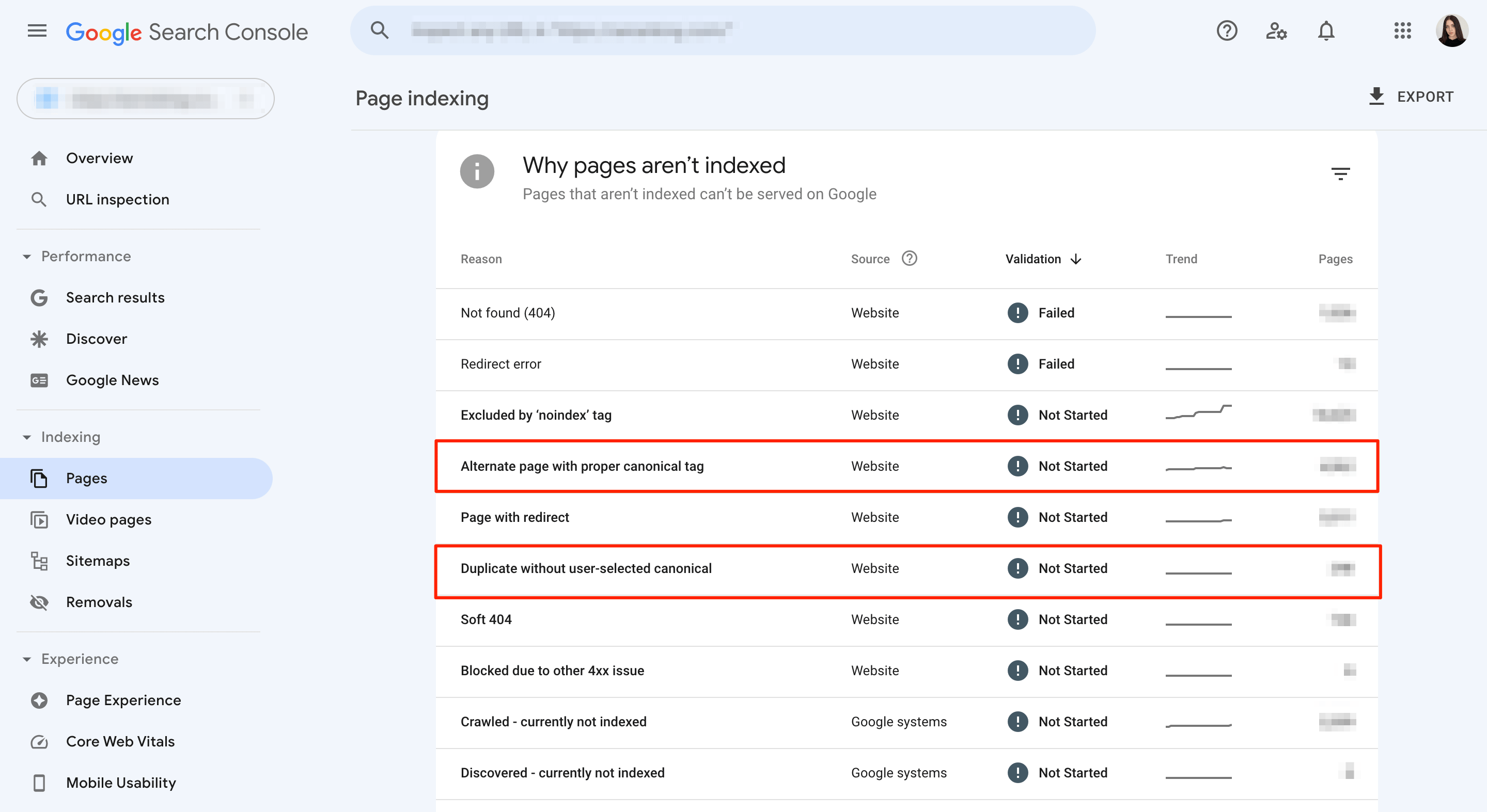
Credit: seranking.com
Setting Up Canonical Tags
Canonical tags help search engines understand which version of a page to index. Setting them up correctly is essential for better SEO. This section covers the basic syntax, placement, and common pitfalls.
Basic Syntax And Placement
The canonical tag is placed in the section of your HTML. Here’s the basic syntax:
Replace https://www.example.com/page-url with your actual URL.
Follow these steps for proper placement:
- Open your HTML file.
- Locate the
section. - Add the canonical tag before the closing
tag.
Verify the tag appears on all duplicate pages. This ensures search engines see it.
Common Pitfalls To Avoid
Many users make mistakes with canonical tags. Here are some common pitfalls:
- Incorrect URLs: Always use the correct URL format.
- Multiple canonical tags: Only one canonical tag per page.
- Self-referencing: Use self-referencing tags when needed.
- Ignoring HTTPS: Ensure the URL matches your site’s protocol.
Check these aspects regularly. Consistent monitoring helps maintain SEO health.
Advanced Canonical Tag Strategies
Mastering canonical tags can greatly improve your site’s indexing. Advanced strategies enhance your SEO efforts. They help manage duplicate content effectively. This section covers two main strategies: handling cross-domain content and dealing with pagination.
Handling Cross-domain Content
Cross-domain content can confuse search engines. Canonical tags help clarify which version to index.
- Identify the primary domain: Choose one domain as the main source.
- Use canonical tags: Add canonical tags on all versions.
- Consistent content: Ensure content is the same across domains.
Example of a canonical tag:
Dealing With Pagination
Pagination can create multiple URLs for similar content. Canonical tags can simplify this issue.
- Choose a preferred version: Select the first page as the canonical version.
- Add rel=”prev” and rel=”next”: This indicates the sequence of pages.
- Use canonical tags: Apply them to all paginated pages.
Example for paginated content:
| Page | Canonical Tag |
|---|---|
| Page 1 | |
| Page 2 | |
| Page 3 |
Implementing these strategies improves your site’s indexing. Proper use of canonical tags can lead to better search engine visibility.

Credit: www.onely.com
Canonical Tags And Mobile Optimization
Using canonical tags helps search engines understand your website better. Mobile optimization is crucial for improving user experience and SEO. Proper use of canonical tags can enhance your mobile site’s indexing.
Responsive Design Considerations
Responsive design adapts your site to different screen sizes. Here are some key points:
- Single URL: Use one URL for all devices.
- Consistent content: Ensure mobile and desktop content is the same.
- Viewport settings: Use the correct viewport meta tag.
With responsive design, canonical tags direct users to the main version of your site. This helps avoid duplicate content issues.
Separate Urls For Mobile And Desktop
Some sites use different URLs for mobile and desktop. Follow these tips:
- Use canonical tags on mobile pages to point to desktop pages.
- Include mobile-specific content if needed.
- Test how search engines index both versions.
Here’s a simple table to illustrate the setup:
| Device | URL | Canonical Tag |
|---|---|---|
| Desktop | https://example.com/ | |
| Mobile | https://m.example.com/ | |
Separate URLs allow tailored experiences for users. Always link mobile URLs back to the main site with canonical tags.
Monitoring And Measuring The Impact
Understanding how canonical tags affect your site’s indexing is crucial. Regular monitoring can help identify issues and improve performance. Adjustments based on data ensure better results.
Tools For Tracking Success
Several tools can help track the success of your canonical tags:
- Google Search Console – Check indexing status and errors.
- Ahrefs – Analyze backlinks and site performance.
- Screaming Frog – Crawl your site to find canonical tags.
- SEMrush – Monitor site health and SEO metrics.
| Tool | Purpose |
|---|---|
| Google Search Console | Check indexing status |
| Ahrefs | Analyze backlinks |
| Screaming Frog | Crawl for canonical tags |
| SEMrush | Monitor site health |
Adjusting Strategy Based On Data
Data analysis is key for optimizing your canonical tags. Regularly review your site’s performance metrics. Here are steps to adjust your strategy:
- Identify pages with low traffic.
- Check for duplicate content issues.
- Update canonical tags where needed.
- Test changes and monitor results.
Make changes based on the data you collect. This will improve your site’s visibility and indexing.
Best Practices And Common Mistakes
Using canonical tags correctly is vital for better indexing. Proper implementation helps search engines understand your content better. Avoiding common mistakes can save time and boost SEO efforts.
Industry Recommendations
Follow these best practices for effective use of canonical tags:
- Use a single canonical tag per page. This prevents confusion.
- Link to the preferred version of content. Always point to the primary URL.
- Update tags when content changes. Keep your canonical tags fresh.
- Use absolute URLs in your tags. This ensures clarity for search engines.
- Check for typos in the canonical URL. Small errors can lead to indexing problems.
Real-world Examples
Here are some examples to illustrate effective canonical tag use:
| Scenario | Canonical Tag |
|---|---|
| Duplicate Product Pages | |
| Different URL Parameters | |
| Mobile and Desktop Versions | |
These examples show how to implement canonical tags effectively. They prevent duplicate content issues.

Credit: www.linkedin.com
Frequently Asked Questions
What Are Canonical Tags Used For?
Canonical tags are used to prevent duplicate content issues. They inform search engines which version of a webpage should be indexed. This helps maintain the ranking of the preferred page. By using canonical tags, you can improve your site’s SEO and ensure better indexing.
How Do I Implement Canonical Tags?
To implement canonical tags, add a link element in the HTML head of your page. Use the rel=”canonical” attribute to specify the preferred URL. Ensure that the canonical link points to the correct version. This simple step can significantly enhance your website’s SEO performance.
Can Canonical Tags Improve Seo?
Yes, canonical tags can improve SEO. They help clarify which version of a page should be indexed. This reduces the risk of duplicate content penalties. By guiding search engines, you can boost your site’s visibility and rankings in search results.
Where Should I Place Canonical Tags?
Canonical tags should be placed in the HTML head section of your webpages. This placement ensures that search engines recognize them during crawling. Make sure each canonical tag points to the correct preferred URL. Proper placement is key for effective indexing.
Conclusion
Implementing canonical tags is essential for effective SEO. They help search engines understand your content better. By reducing duplicate content, you improve indexing and rankings. Regularly audit your site to ensure proper tag usage. This simple step can significantly enhance your website’s visibility and performance in search results.
Start optimizing today!

